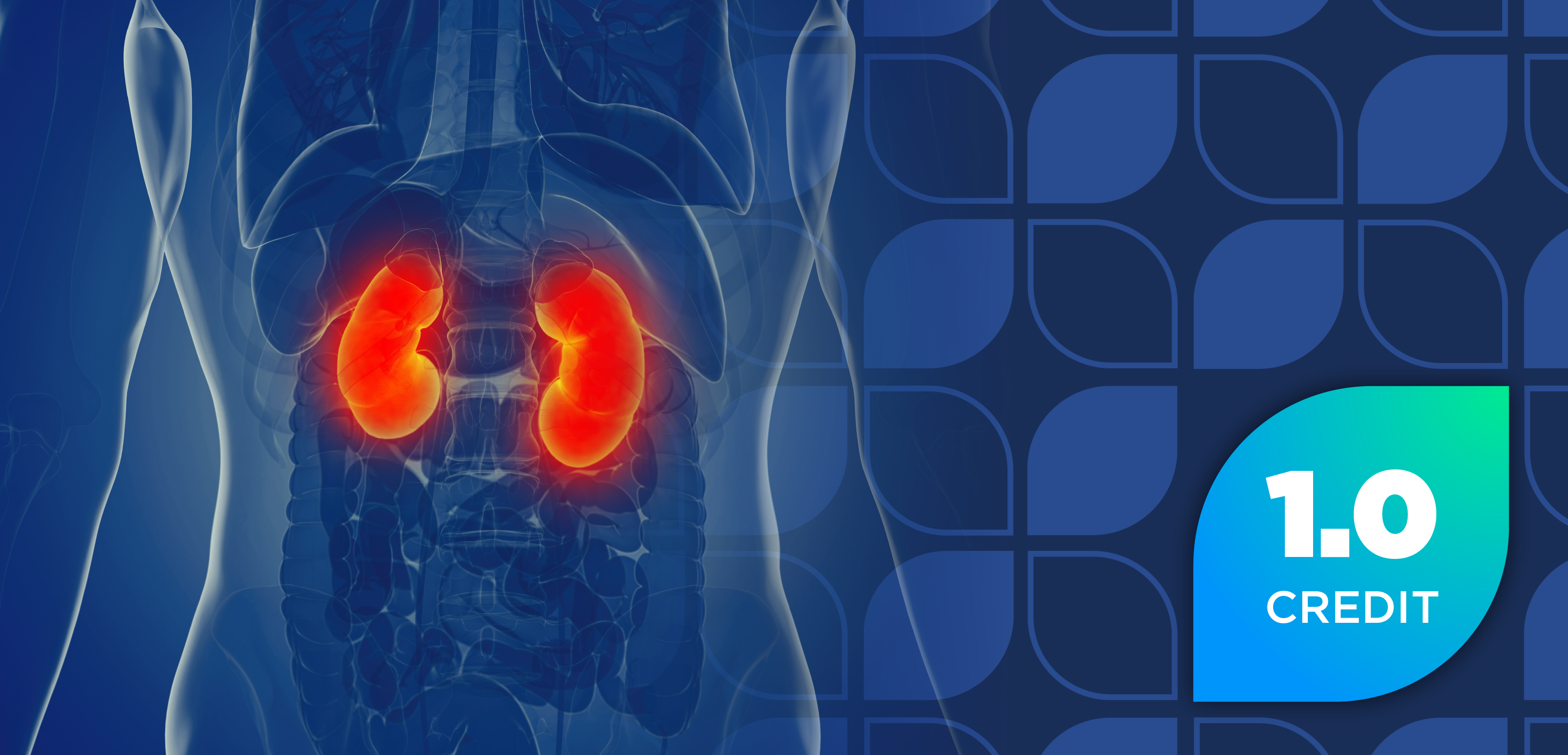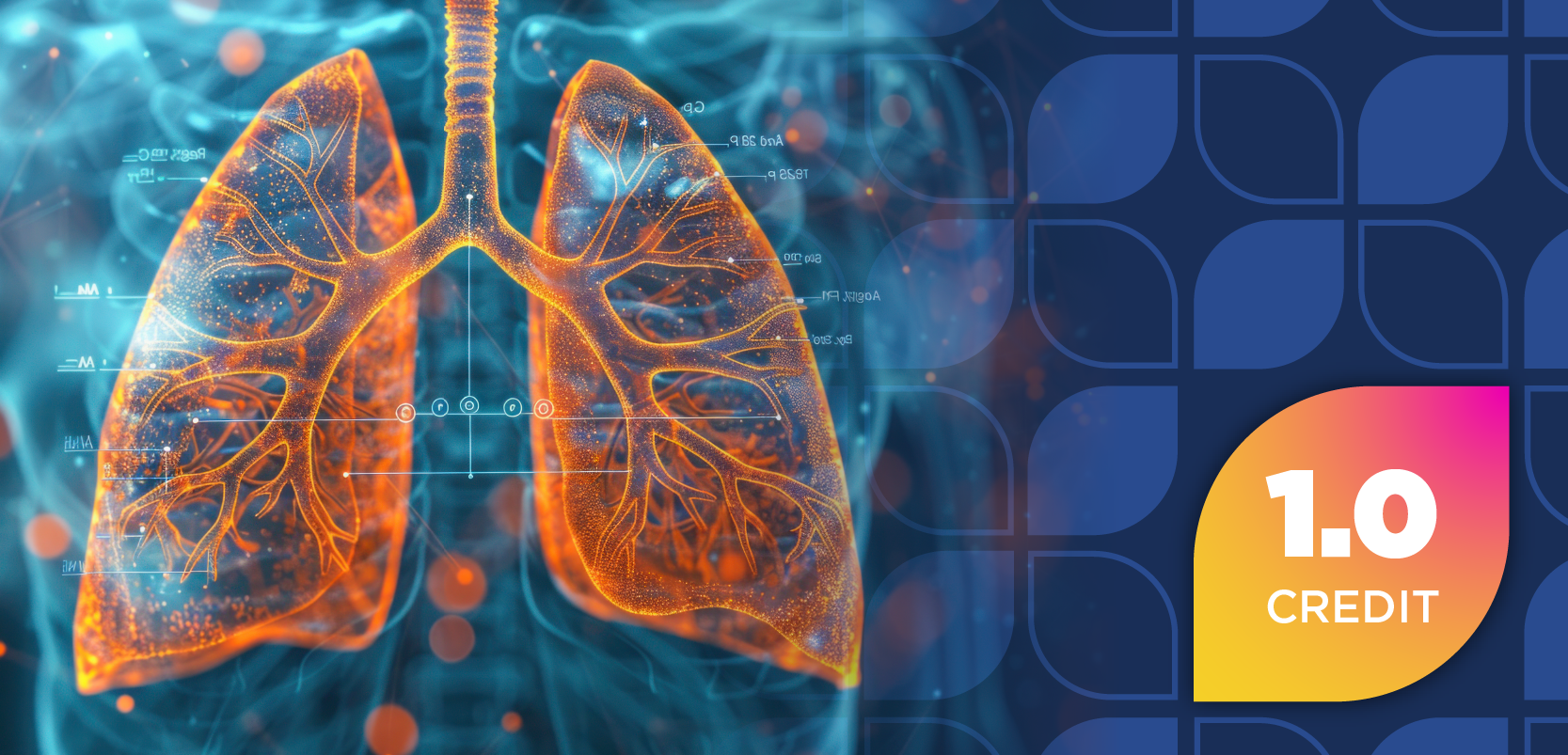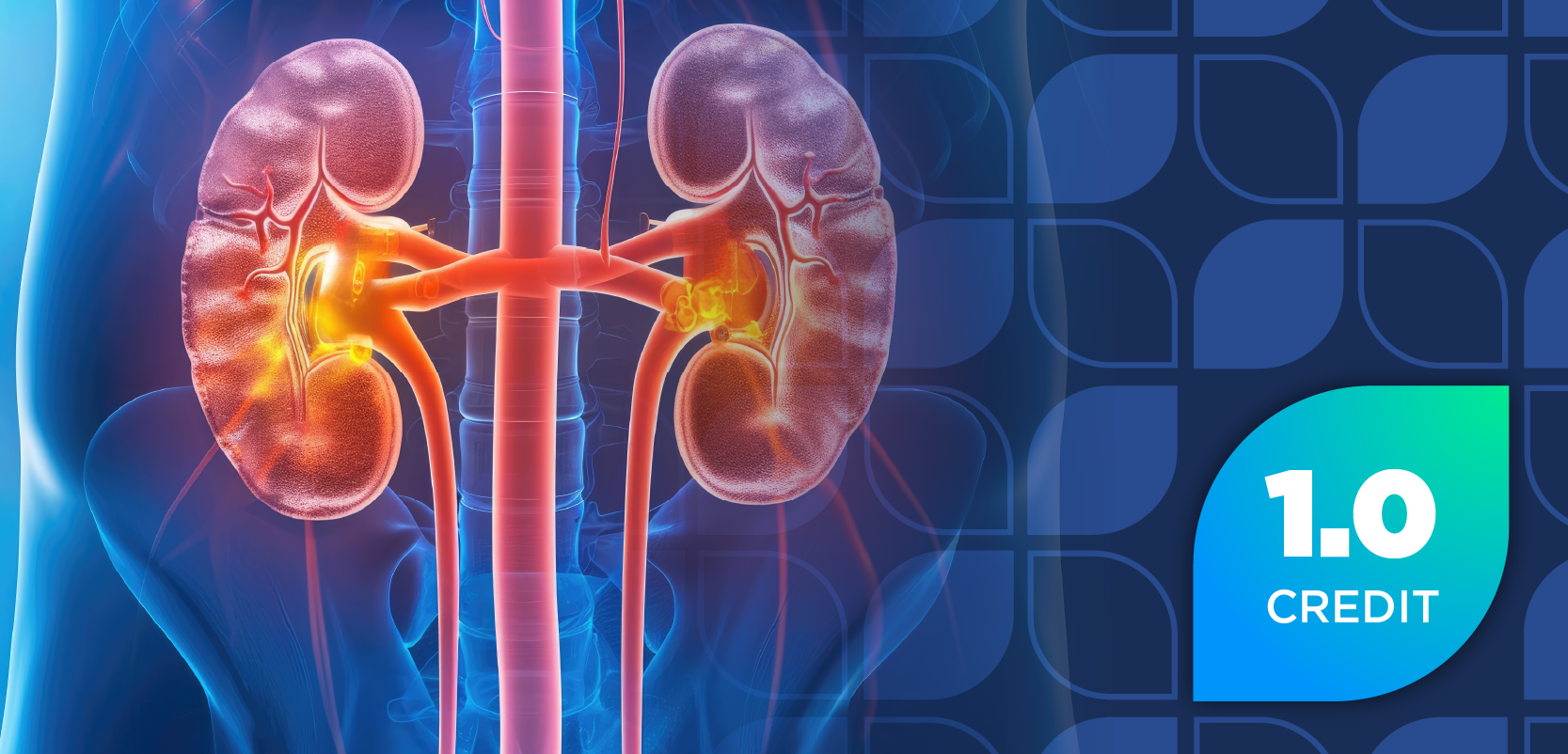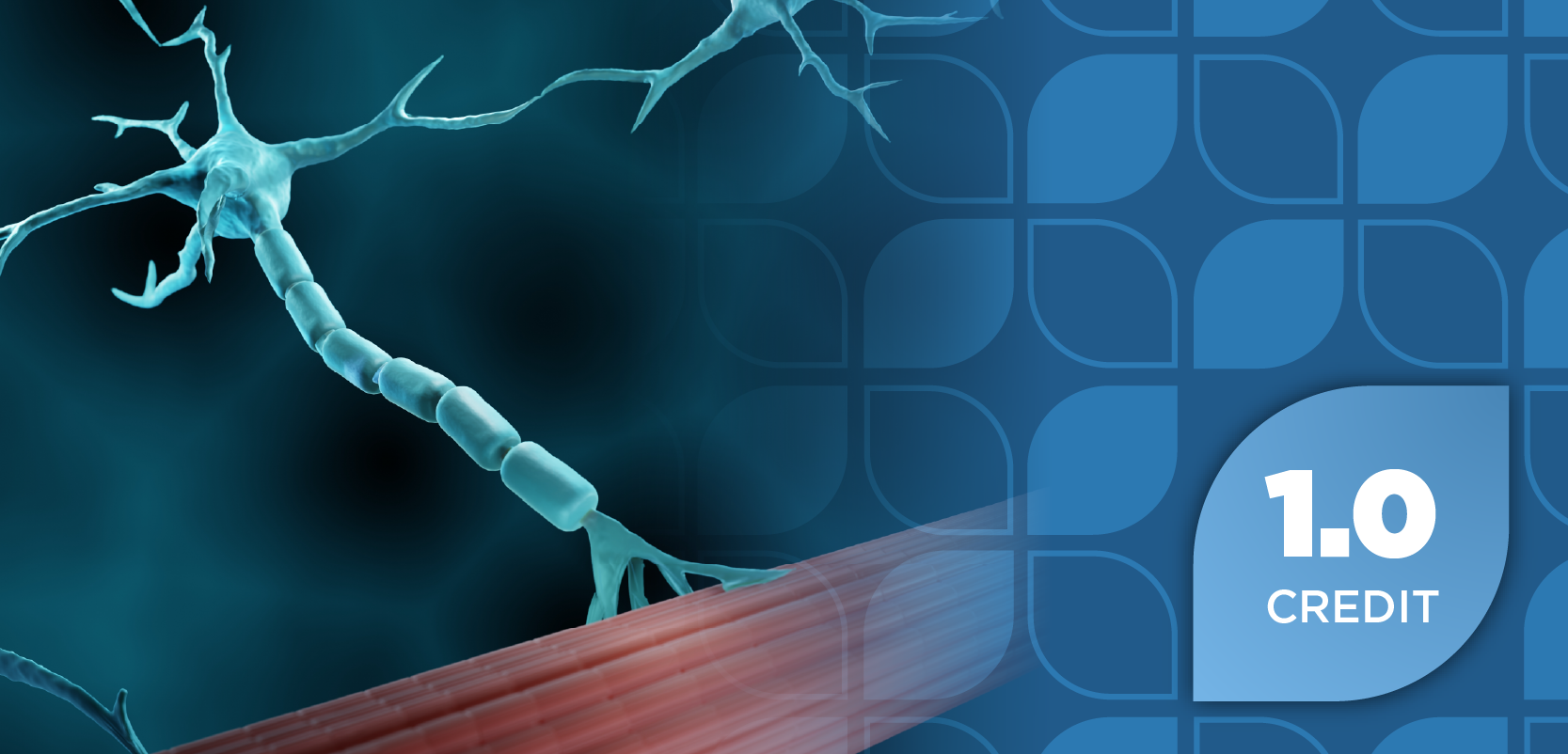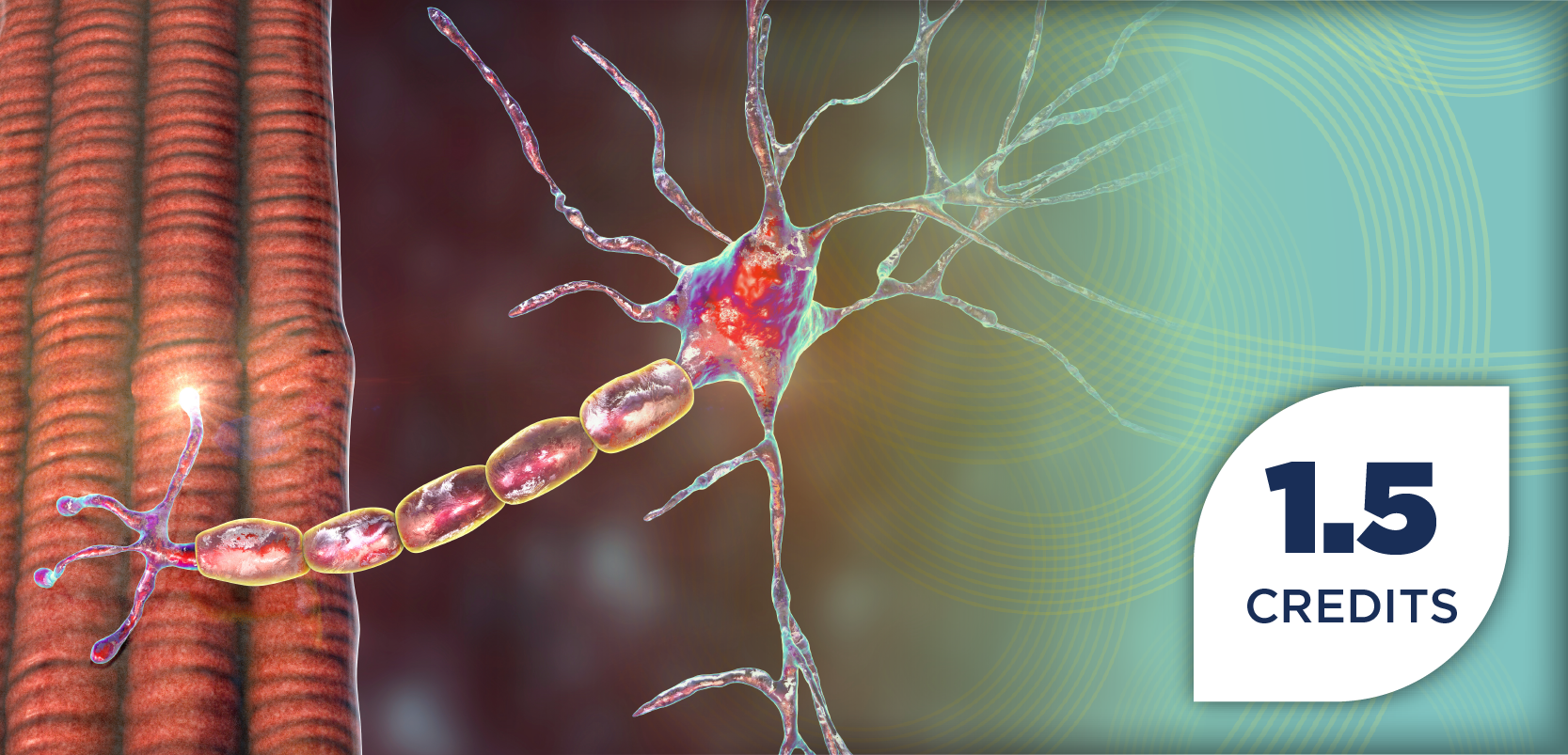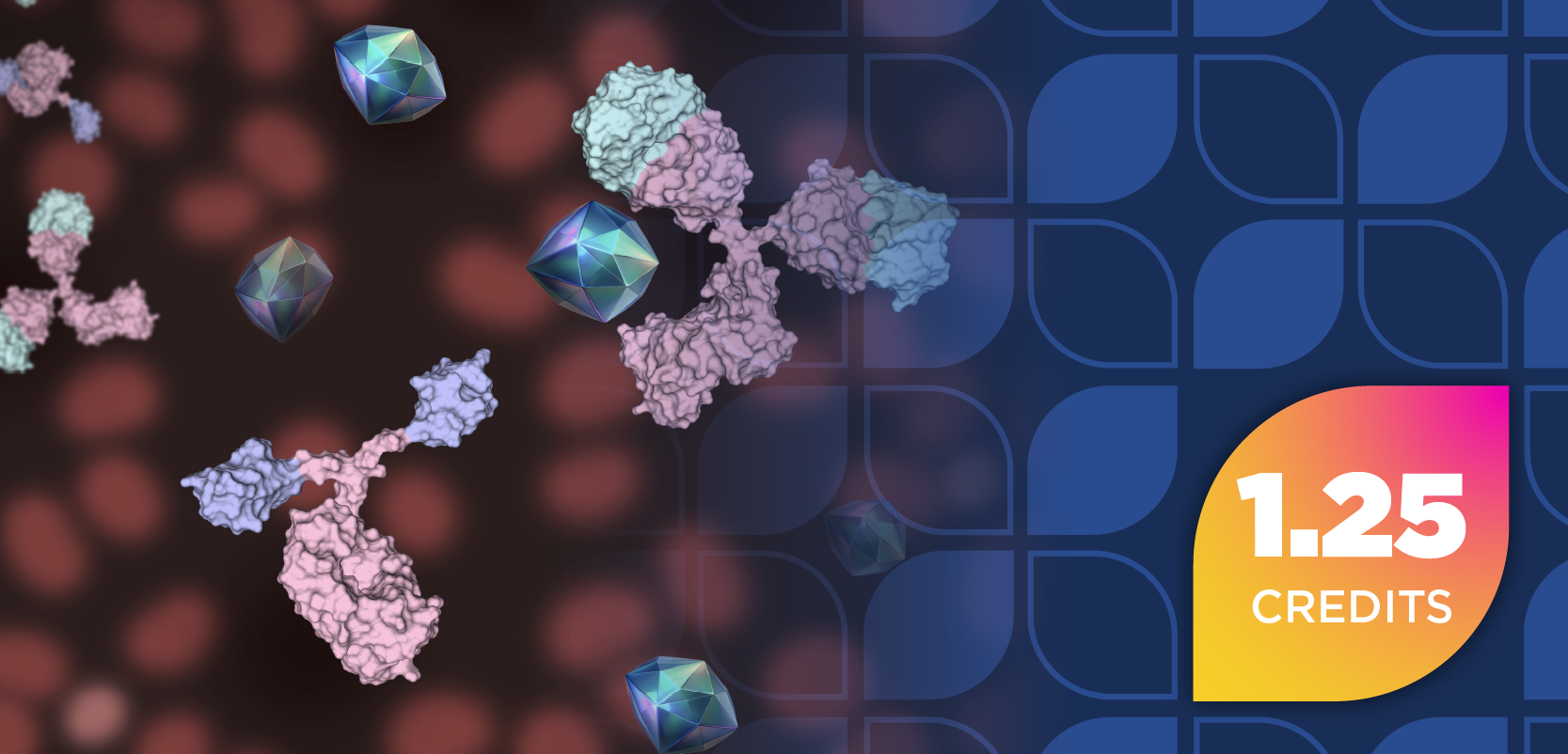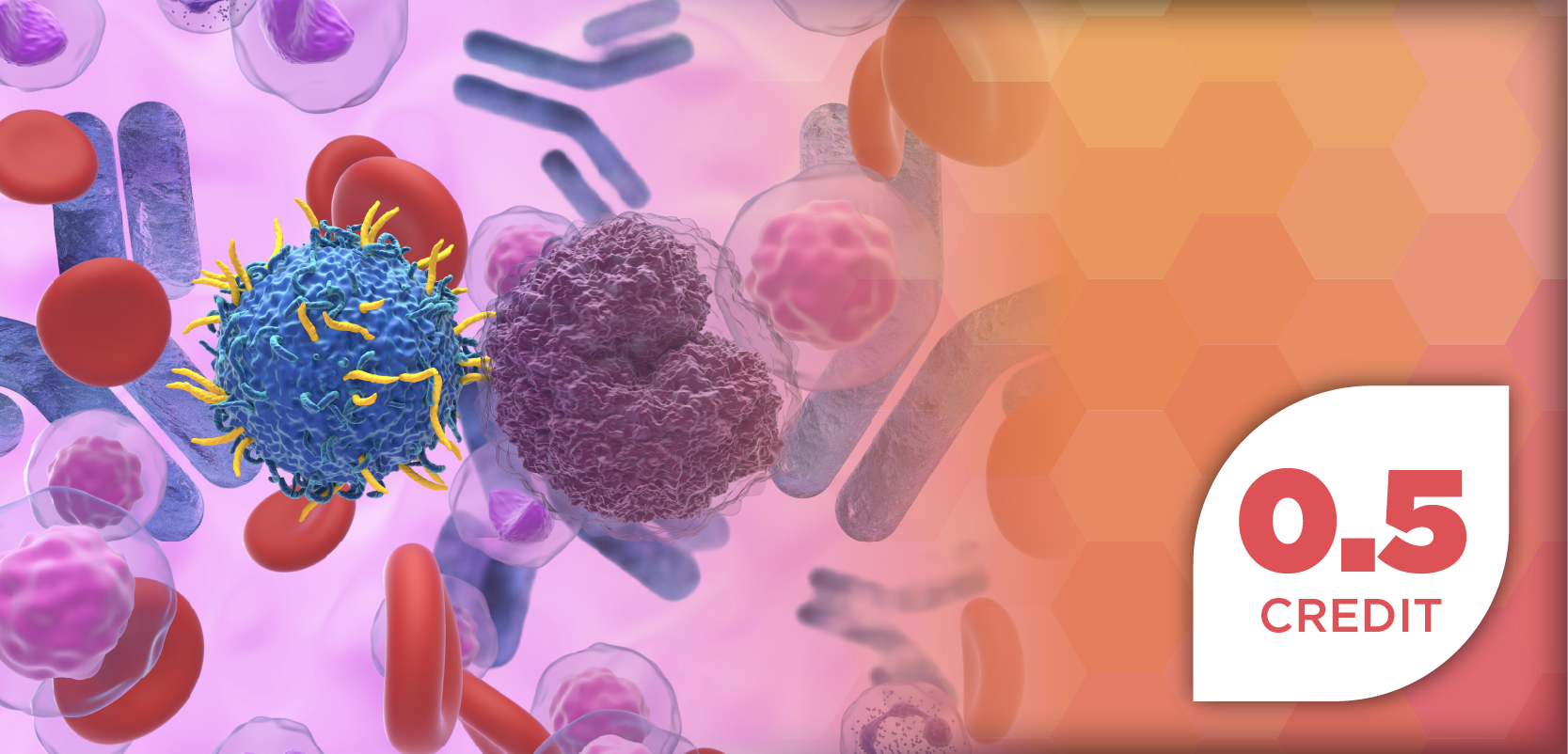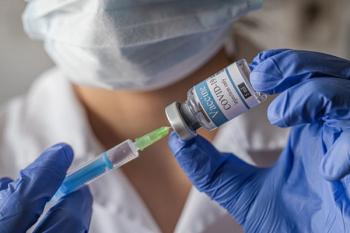
Children and Adolescents With Postacute COVID-19 Face Higher Risk of Poor Gastrointestinal Tract Outcomes
Key Takeaways
- Children and adolescents with SARS-CoV-2 infection face increased GI risks in postacute and chronic COVID-19 phases.
- A large US study found higher incidences of GI symptoms in COVID-19-positive pediatric patients.
New data from the longest known trial of pediatrics and adolescents in the postacute phase of COVID-19 show they are at a heightened risk of gastrointestinal tract symptoms.
Children and adolescents with a documented SARS-CoV-2 infection face an increased risk of gastrointestinal (GI) tract symptoms and disorders during the postacute or chronic phase of COVID-19, according to clinical trial results published in JAMA Network Open.1
In postacute sequelae of SARS-CoV-2, also known as “long COVID,” multiple organ systems can be affected, including the gastrointestinal tract. A study by Xu et al that comprehensively evaluated the risks of gastrointestinal disorders in the postacute phase of COVID-19 demonstrated that, beyond the first 30 days of infection, infected adults had increased risks and 1-year burdens of incident gastrointestinal disorders. These risks can include abdominal pain, irritable bowel syndrome, and gastroesophageal reflux disease (GERD).1,2
Children and adolescents are also at risk for the development of lingering GI tract symptoms, but they often present with chronic abdominal pain and constipation in the short term. Regarding long-term outcomes of SARS-CoV-2 in the GI tract, data in children and adolescents are limited. Although they are less likely to have persistent symptoms of COVID-19 in the postacute phase, it is essential to determine the scope of GI impacts and determine whether children have the same risk of GI tract conditions as adults.1,3
The current investigators conducted a retrospective cohort study to elucidate the risk of GI tract symptoms and disorders during the postacute and chronic phases of COVID-19 illness among children and adolescent patients. To the knowledge of the investigators, this clinical trial has the longest follow-up duration (mean: 1.85 years) and is the largest study in the US assessing the risk of GI tract symptoms and diseases in this population of COVID-19-infected children and adolescents.1
In total, the investigation comprised 1,576,933 patients. Among patients positive for COVID-19, there was a higher incidence of individual and composite GI tract conditions compared with patients negative for COVID-19. Symptoms that were more prevalent among patients positive for COVID-19 in the postacute phase were abdominal pain (2.54% vs 2.06%), bloating (0.28% vs 0.23%), constipation (2.94% vs 2.42%), and diarrhea (2.30% vs 1.57%), according to the investigators.1
Among patients in the chronic phase of COVID-19, patients had elevated risks of various GI tract symptoms and disorders compared with the COVID-19-negative cohort. Patients reported a persistent heightened risk for abdominal pain (4.57% vs 3.40%) and for a composite of any of the included GI tract signs or symptoms (12.19% vs 9.13%), any included GI tract disorders (1.82% vs 1.40%), and any visits to the doctor related to the GI tract (12.60% vs 9.47%). Overall, these data highlight the persistently higher GI health risks among patients in the chronic phase of COVID-19.1
In pediatric populations, GI tract complications are a common occurrence and can affect quality of life. These complications often appear without a serious underlying cause. However, the investigators discussed potential biological mechanisms, including the high expression of angiotensin-converting enzyme 2 on the brush border of the small intestinal mucosa and SARS-CoV-2’s influence on the gut microbiome, allowing the infection to persist into the postacute phase and beyond in these patients.1,4
These results indicate that, when pharmacists are evaluating or diagnosing pediatric patients who are presenting with GI symptoms, it is essential to consider a recent SARS-CoV-2 infection. Though the investigators note that a greater description of the biological mechanisms behind the association is necessary, they agree that the assessment presented in this study indicates a persistent association between a documented SARS-CoV-2 infection and increased risks of GI tract symptoms.1
“These findings underscore the potential for prolonged GI tract issues in pediatric COVID-19 cases, suggesting that a history of COVID-19 should be considered in evaluating persistent GI tract symptoms,” the study authors concluded.1
REFERENCES
1. Zhang D, Stein R, Lu Y, et al. Pediatric gastrointestinal tract outcomes during the postacute phase of COVID-19. JAMA Netw Open. 2025;8(2):e2458366. doi:10.1001/jamanetworkopen.2024.58366
2. Xu E, Xie Y, Al-Aly Z. Long-term gastrointestinal outcomes of COVID-19. Nat Commun. 2023;14:983. doi:10.1038/s41467-023-36223-7
3. Thallapureddy K, Thallapureddy K, Zerda E, et al. Long-term complications of COVID-19 infection in adolescents and children. 2022;10:11-17. doi:10.1007/s40124-021-00260
4. Stein R, Chelimsky T, Chelimsky G, et al. Functional gastrointestinal disorders in a primary care pediatric clinic. Sage Open Pediatrics. 2015;2. doi:10.1177/2333794X14568452
Newsletter
Stay informed on drug updates, treatment guidelines, and pharmacy practice trends—subscribe to Pharmacy Times for weekly clinical insights.









